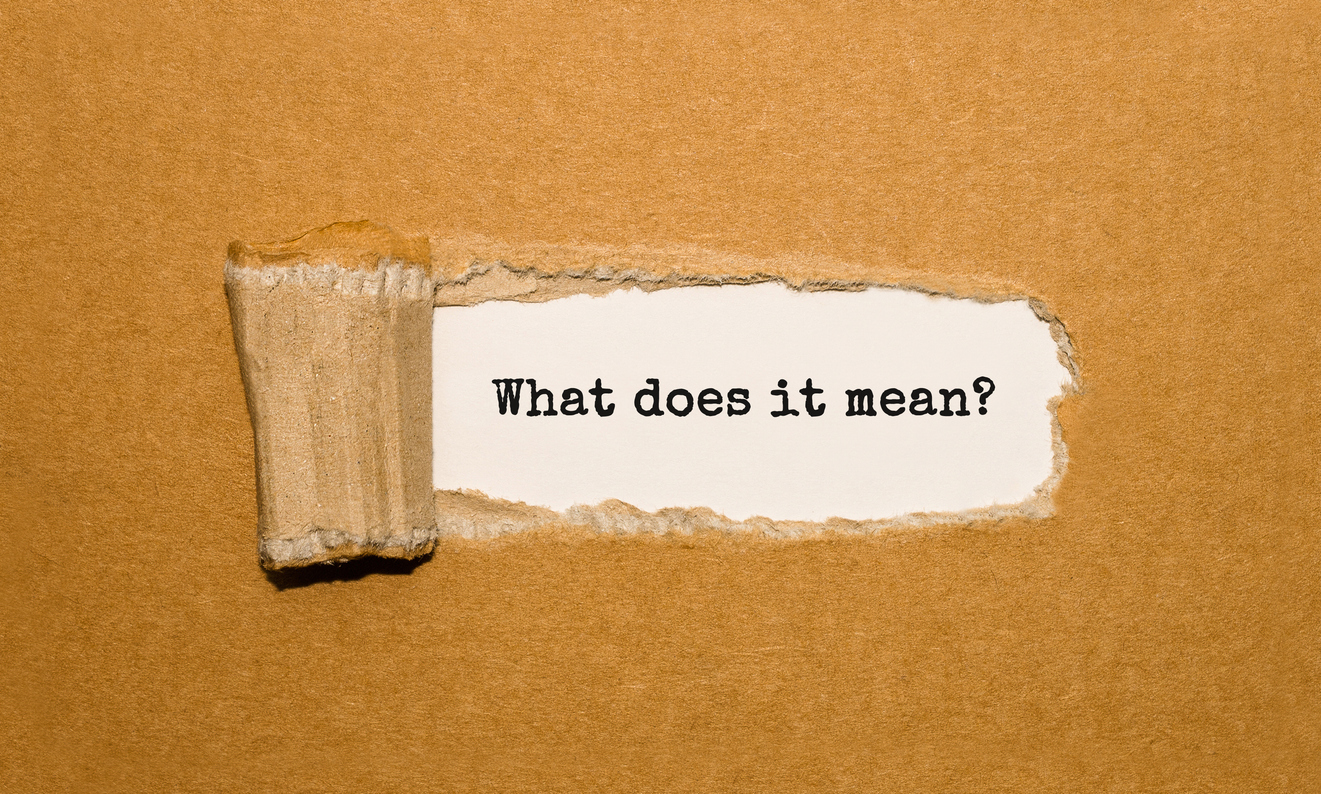California wildfires continue to rage through this unseasonably hot summer. The concern that plagues this drought stricken state lies in the fact that not only is water so precious and scarce, our official fire season has barely begun. On September 9, 2015, the Butte fire erupted and it has destroyed over 800 structures, including 475 homes. At one point, the evacuation order affected over 6,500 homes. The devastation of the fire has barely begun as residents are still barred from returning home, and for those in the fire zones, the impending prospect of El Nino storms this winter will undoubtedly create reconstruction delays and cause terrible mudslide issues in the fire ravaged terrain.
Navigating the insurance world and the claims process will be the front and center concern for many victims of the Butte fire and there’s a plethora of confusing information hitting the airwaves and internet. Seeking the proper advice and guidance will be the difference for homeowners of a reasonably timed and scheduled recovery versus a possible nightmare and roadblocks to recovery.
To those out there seeking answers and aid, there are a few areas of concern that those in the fire zone should know. Insurance companies find it very difficult to outright deny physical fire damage, although it is important to make sure fire damage is still adjusted properly. The damage that most people do not think about is smoke and ash damage. If an insured’s structure did not burn, it still may have extensive smoke and ash damage, especially because the fire zone was heavily wooded. Depending on the severity of the fire and the duration, smoke, soot, and ash damage can be extensive. For example, soot and ash can reach the duct systems of homes, causing widespread damage and ill effects to residents if not properly cleaned.
Since 2005, the average insurance policy has morphed. In states such as California and New Mexico, insurance carriers found they were paying out more smoke, soot, and ash damage than ever before from the increasing wildfires in the region. As a result, insurance policies have changed to reflect the insurance company concerns. For example certain insurance carriers such as Mercury Insurance and CNA have a 45 day limit in which an insured may report smoke, soot, and ash damage, and also a maximum of $4,500 for the cleanup. Other carriers have instituted 90-day limits to report after the fire with a $5,000 limit. Insurers are trying to limit their payouts from actual smoke, soot, and ash damage from fires through these changes, and every homeowner should check their insurance policy to make sure their claims are brought in a timely and proper manner—don’t delay the proper reporting of your claim.



